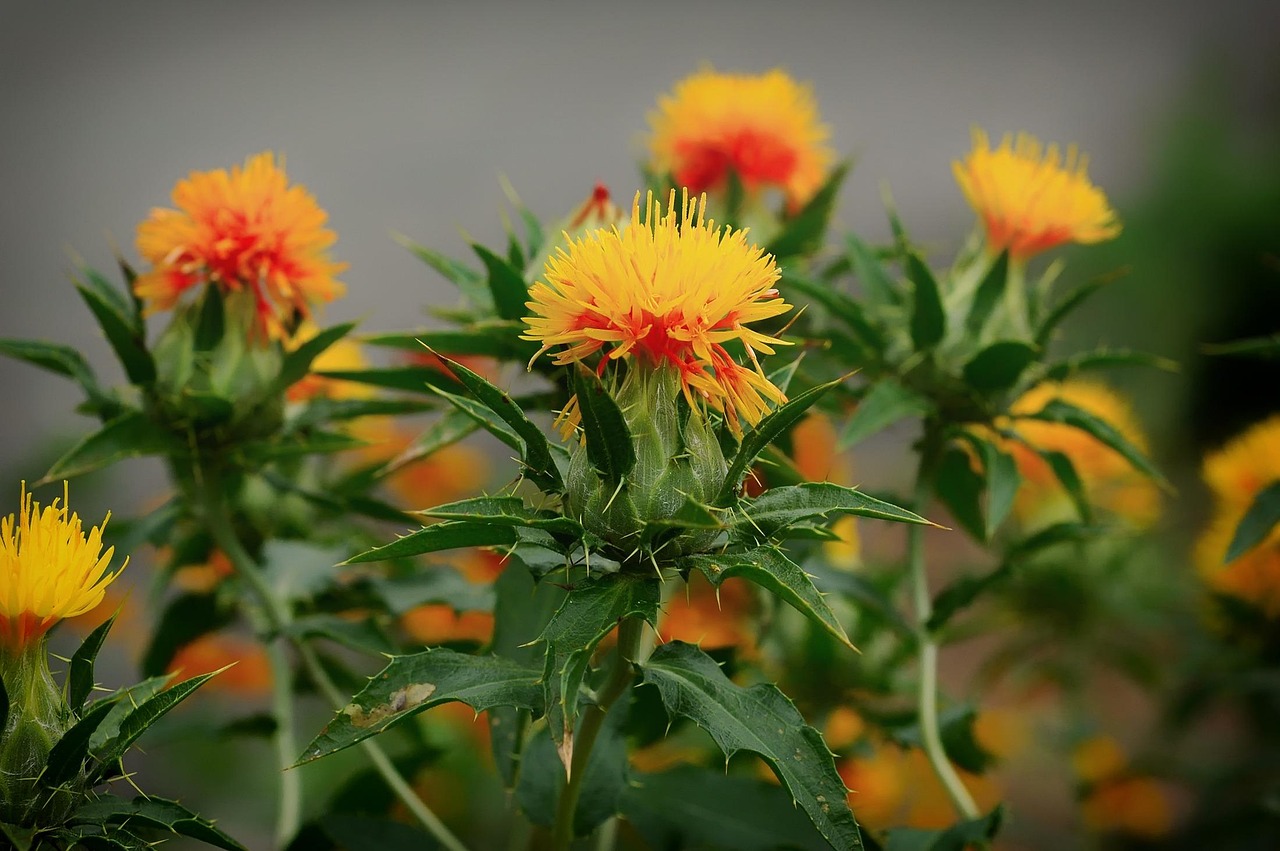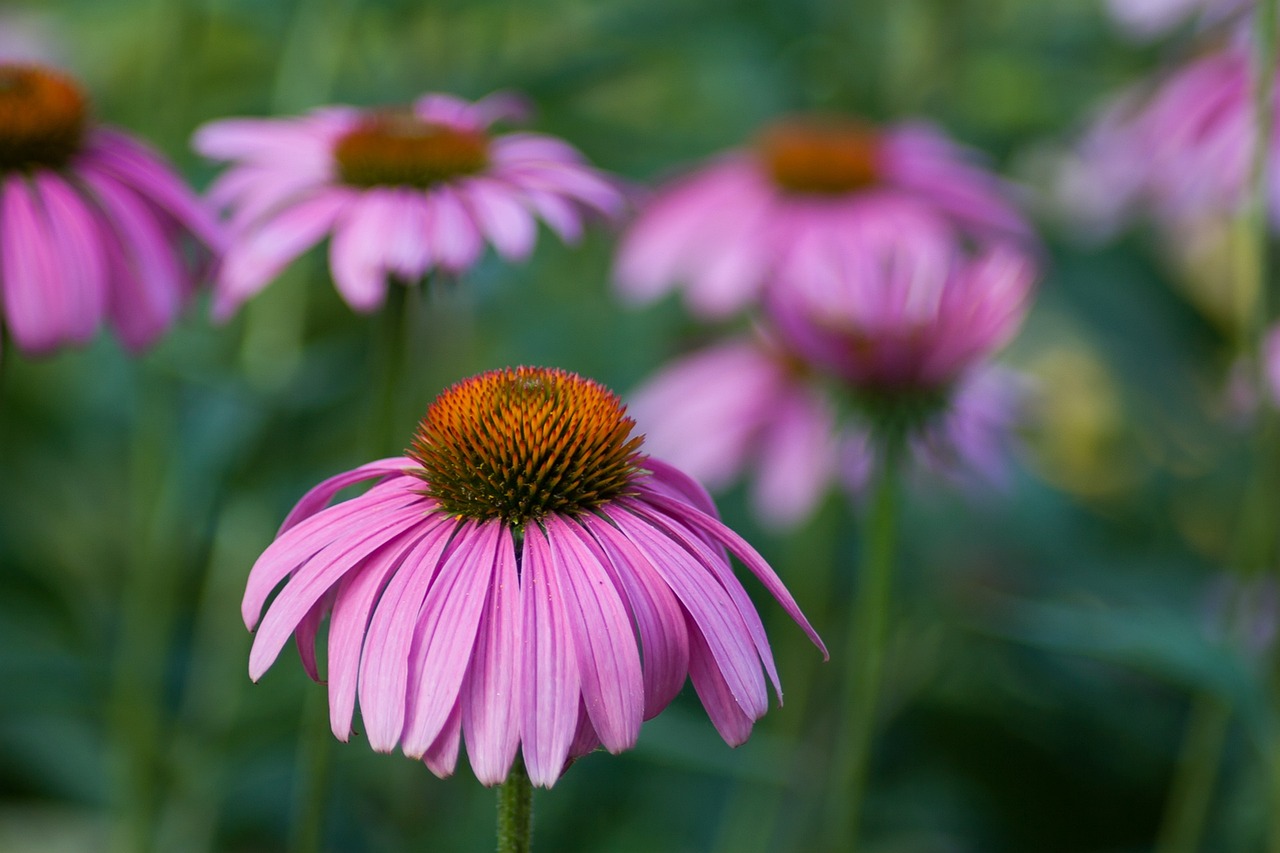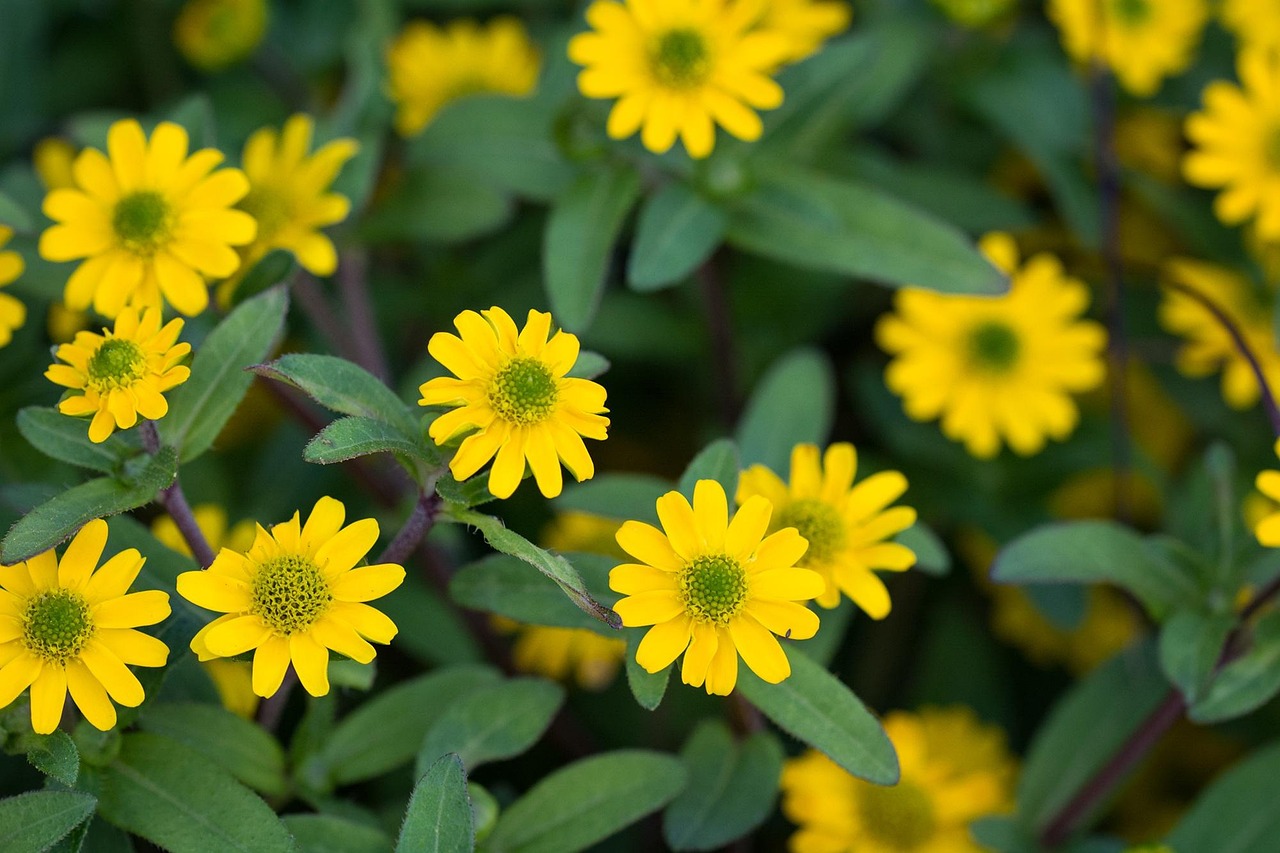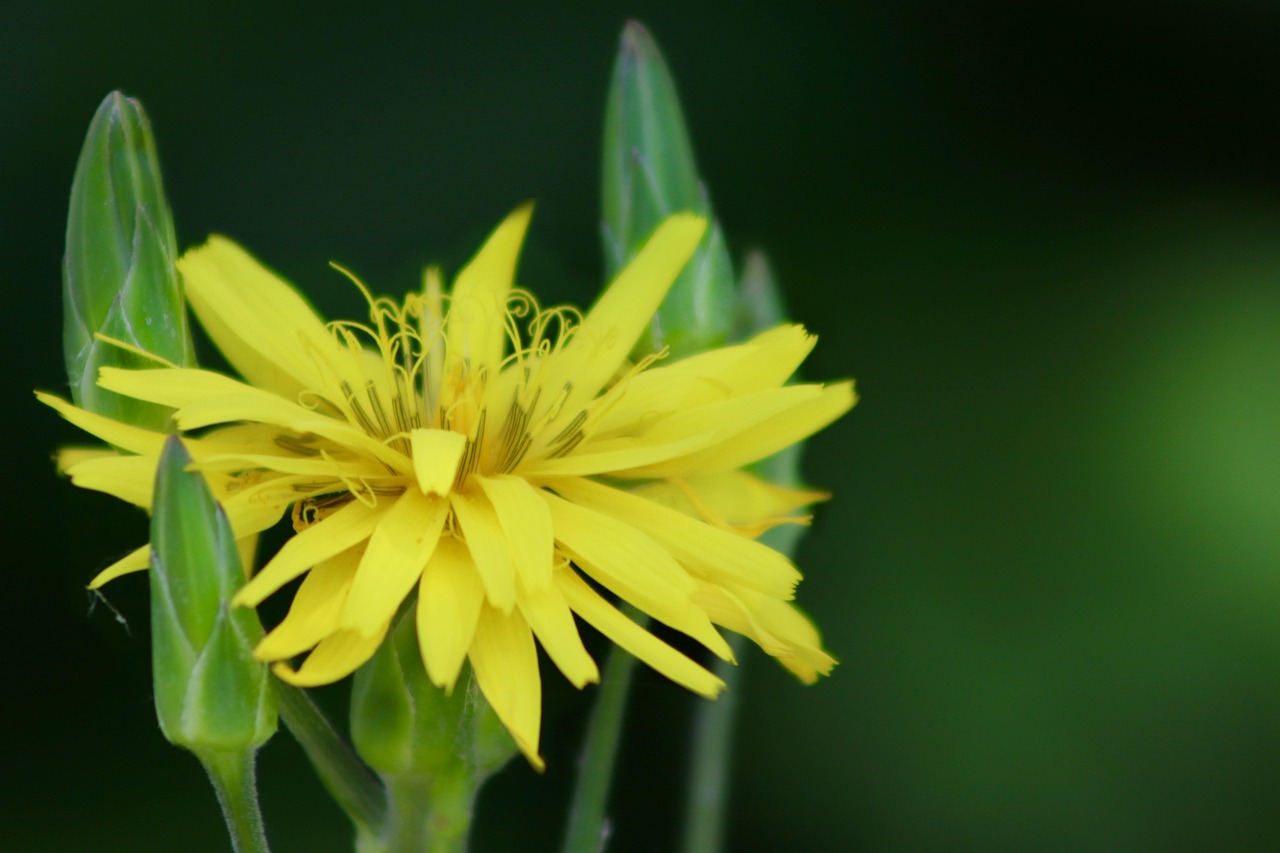Chicory | The Healing Blue Flower Nurtured in Medieval Monasteries
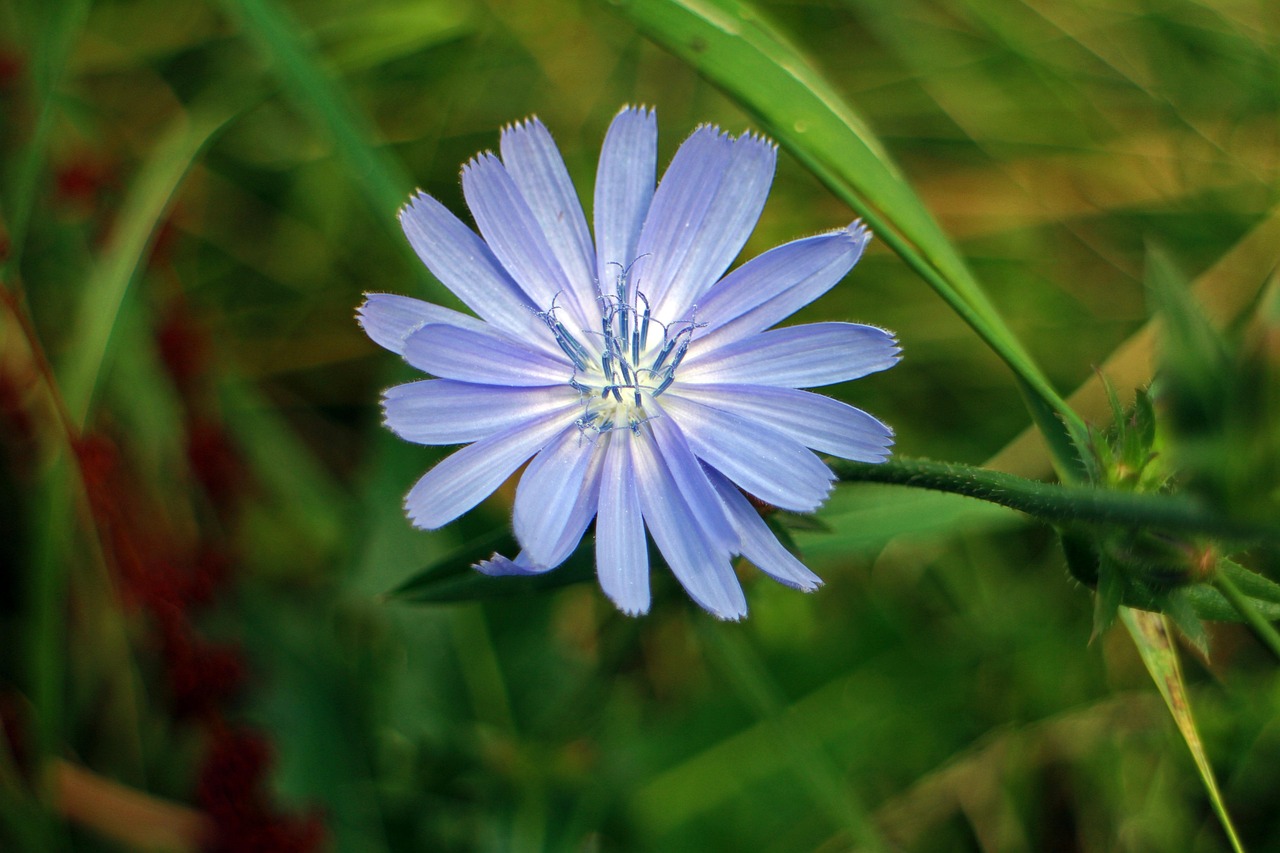
Chicory is a perennial plant with delicate bluish-purple flowers, native to Europe and belonging to the Asteraceae family.
Under the bright sun, its blossoms open gracefully, evoking the landscapes of the European countryside and adding a natural touch of color to any garden.
In this article, I will explain in detail the basic information about chicory, its cultural background and history, as well as tips for cultivation.
Basic Information
- Scientific name: Cichorium intybus
- Family: Asteraceae
- Origin: Europe, Western Asia
- Appearance: It has finely divided leaves and produces bluish-purple flowers from summer to autumn. Each flower lasts only a single day, but new blossoms appear continuously. The plant grows to about 60–120 cm, making it well-suited to naturalistic gardens.
- Blooming season: June to September
Cultural Features Around the World
Chicory is known as a humble flower harmonizing with the landscapes of rural Europe.
In France and Italy, its blue flowers blooming along roadsides and meadows are regarded as heralds of summer, often celebrated in poetry and painting.
In England, chicory is appreciated as an element of natural gardens, enhancing pastoral scenery.
In Germany and Austria, folk tales describe chicory as a symbol of faithful love. One such story tells of a young woman who waited endlessly for her lover who had gone to war. She prayed for his return every day in the same place, but eventually collapsed from exhaustion. People believed that the blue chicory flowers blooming there were her transformed spirit, embodying her unwavering devotion.
Historical Episodes
Records of chicory date back to ancient Rome, where it was already widely cultivated and mentioned in agricultural writings.
In medieval Europe, it was planted in monastery gardens, where monks carefully tended it.
From the 17th century onward, chicory was introduced into botanical gardens across Europe for ornamental purposes, and selective breeding began.
In the 18th century, during the age of garden culture, chicory symbolized the incorporation of wild beauty. It was sometimes planted in a deliberately natural style within otherwise orderly flower beds.
By the 19th century, chicory was exhibited at international expositions, where its striking blue flowers drew much attention.
Today, it remains a beloved plant worldwide, valued as a staple in natural gardens.
Gardening Advice
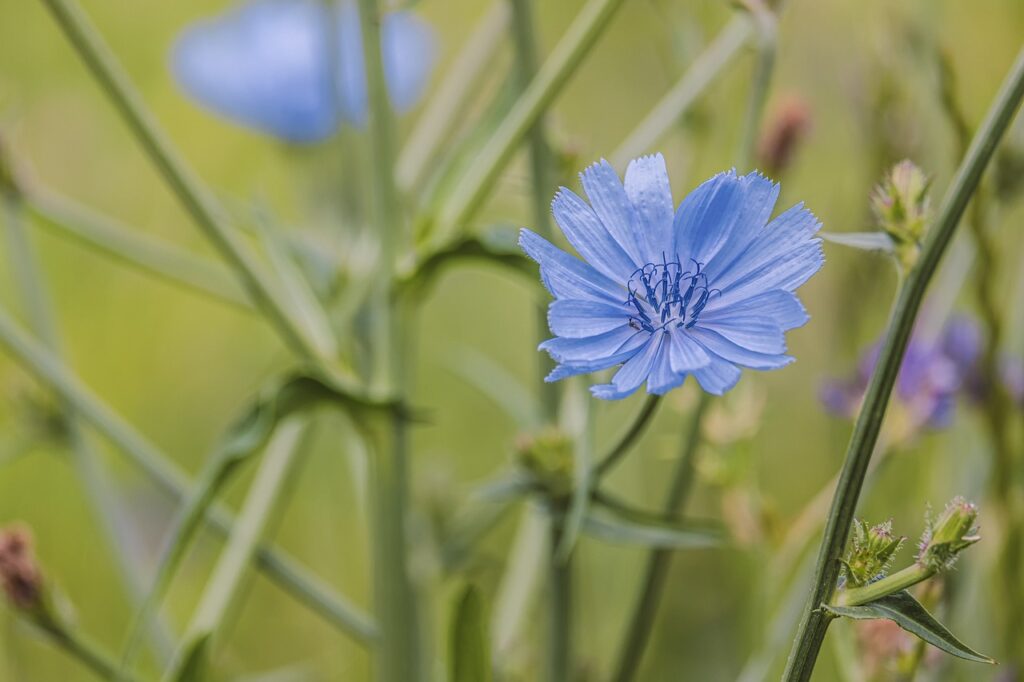
Chicory is well-suited to naturalistic plantings and wild gardens. With proper care, it can be enjoyed for many years.
Sunlight
Prefers sunny locations. Insufficient light reduces flowering.
Watering
Moderately drought-tolerant. In the ground, natural rainfall is usually sufficient. In pots, water generously when the soil surface dries.
Soil
Requires well-drained, slightly alkaline soil. Improve heavy clay with compost or sand.
Fertilizer
Minimal feeding is adequate. A small amount of slow-release fertilizer as a base is sufficient.
Pruning
Regularly deadhead spent flowers to encourage continuous blooming. In late autumn, cut the stems back to prepare for overwintering.
Cold tolerance
Hardy and relatively frost-resistant. It can overwinter outdoors; in colder regions, protect the base of the plant.
Conclusion
Chicory is a perennial deeply intertwined with European landscapes, celebrated in poetry and folklore alike.
Its quiet bluish-purple blossoms, blooming with the seasons, possess a simple yet striking beauty.
For those seeking a natural charm in their gardens, chicory offers both aesthetic appeal and a touch of timeless storytelling.

